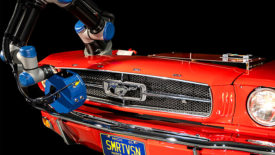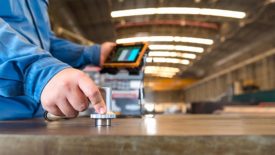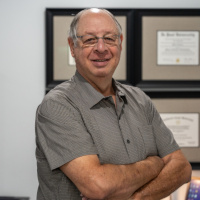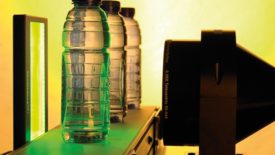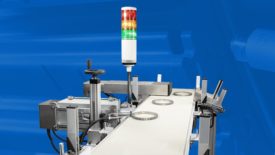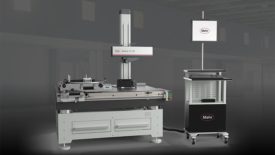Featured on Home Page
Vision & Sensors | Lighting
Computational imaging can simplify certain problems that are difficult to solve with standard visual imaging.
Read More
Test & Inspection
How a Shrinking Workforce Affects Testing and Inspection in NDT
As the pandemic and advances in technology impact the field, education and training remain paramount — especially for newcomers.
December 30, 2022
The Spending Forecast is Here
The 22nd Annual Quality Spending Survey Results
Concerns about Covid-19 are down, but inflation worries are up.
December 29, 2022
Vision & Sensors | Machine Vision 101
Machine Vision Lighting and Why It’s Important
When considering illumination, the object or field to be imaged is really what matters.
December 21, 2022
From the Editor | Darryl Seland
The Cosmos and the Rubik's Cube
Multidimensionality
December 21, 2022
Speaking of Quality | Duke Okes
The Multidimensionality of Quality
Quality offers endless opportunities to learn and contribute to the success of the organization and its employees, customers and suppliers.
December 20, 2022
Face of Quality | Jim L. Smith
Should Quality Professionals Focus on Soft Skills?
December 16, 2022
Quality 101
Nondestructive Testing Using the Resonance Acoustic Method
RAM is a volumetric approach and evaluates the whole part, both for internal and external structural flaws, metallurgical deviations, and consistency.
December 15, 2022
Automation Makes Surface Measurement More Reliable in a Production Environment
Automation has numerous benefits for surface finish measurement.
December 14, 2022
Stay in the know with Quality’s comprehensive coverage of
the manufacturing and metrology industries.
eNewsletter | Website | eMagazine
JOIN TODAY!Copyright ©2024. All Rights Reserved BNP Media.
Design, CMS, Hosting & Web Development :: ePublishing
